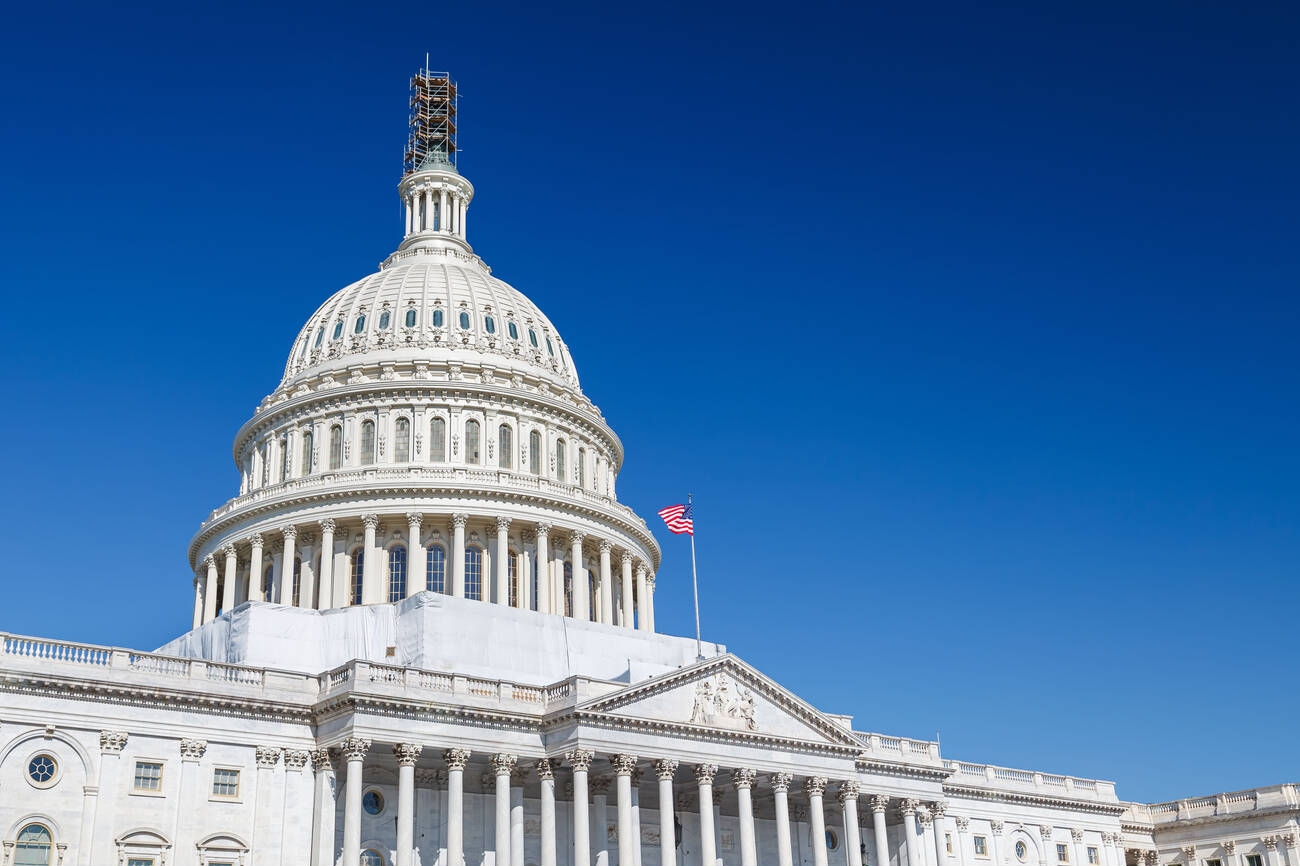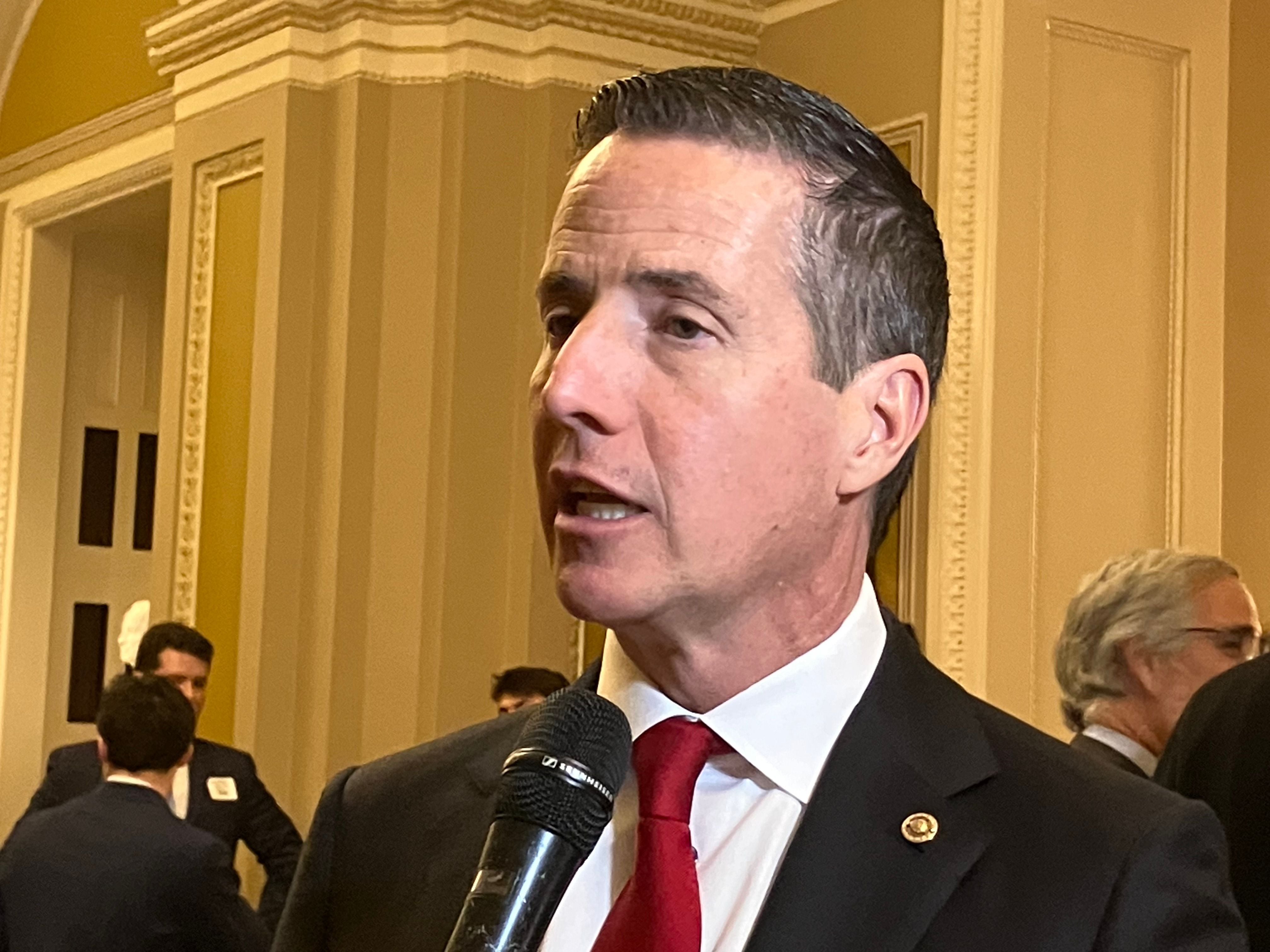The federal government continues to provide guidance on various aspects of the Patient Protection and Affordable Care Act (PPACA), the 2010 legislation known as “Obamacare.”
On February 20, 2014, it issued final regulations governing the 90-day waiting period rule for employers. In some cases, the new final regs expand on previously issued proposed regulations. Here are the answers to ten frequently asked questions (FAQs) about this significant PPACA provision.
Q1. What is the 90-day waiting period rule?
A. Obamacare prohibits employer health insurance plans from imposing a waiting period of more than 90 calendar days before coverage is available to employees. This rule applies to new-hires and other employees who are first becoming eligible for health insurance coverage.
Q2. Which employers are subject to the rule?
A. All of them. The 90-day waiting period applies to plans of employers of all shapes and sizes. It also is extended to plans that are grandfathered under other provisions of the law and self-insured plans.
Q3. When does the 90-day waiting period take effect?
A. It already went into effect for plan years beginning in 2014 or after, but the final regulations officially apply to plan years beginning in 2015 or after. For plan years beginning in 2014, employers may rely on earlier proposed regulations or the new final regulations.
Q4. Is a plan required to have a waiting period?
A. There’s no such requirement in the law, but waiting periods are common. Similarly, a plan may impose awaiting period that is shorter than 90 days, but no longer.
Q5. Does an employer have to offer coverage to all employees after 90 days?
A. No, it is restricted to coverage for “otherwise eligible” employees. For example, part-timers may be excluded due to the eligibility requirement.
Q6. Which days do you count toward the 90-day limit?
A. According to the final regulations, the 90-day waiting period includes all calendar days, including weekends and any holidays. The period begins when the “substantive eligibility conditions” are met.
Q7. What are the substantive eligibility conditions?
A. This includes conditions such as being in an eligible job class, meeting employment-related licensing requirements spelled out in the plan and satisfying a reasonable and bona fide orientation period.
Q8. Can eligibility be based on the number of hours worked?
A. Yes. Under the final regulations, eligibility based on hours worked is allowed if the required time doesn’t exceed 1,200 hours. This is intended to be a one-time eligibility requirement.
Q9. What happens if a former employee is rehired?
A. The employee may be treated as being newly eligible for coverage upon rehire. As a result, he or she may be required to meet the plan's eligibility requirements and satisfy the 90-day waiting period.
Q10. What is the penalty for failing to comply with the 90-day waiting period?
A. Failure to provide coverage to eligible employees will result in retroactive eligibility and premium payments required to remain in compliance with the applicable regulations.
These are the answers to just some of the FAQs of employers. To read the final regulations in their entirety, visit www.dol.gov/opa/media/press/ebsa/20140220-redfeg1.pdf.
Thanks for reading CPA Practice Advisor!
Subscribe Already registered? Log In
Need more information? Read the FAQs
Tags: Benefits, Legislation



